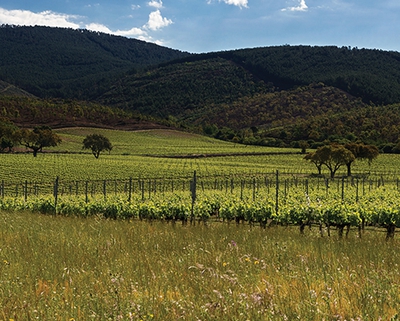 |
Biodiversity Support Support major ecosystem restoration / reforestation project in Portugal. All of the family’s vineyards are farmed using “Sustainable Agriculture” practices and carried out under a strict protocol of minimum intervention. Any treatment that is not 100% natural is minimized or totally excluded whenever possible. In those years when intervention is imperative to protect the vineyards from pest infestation or mildew (rot) natural mineral treatments are always chosen before other options. The result is that effectively the Symington vineyards are farmed 100% organically 4 or 5 years out of 6. |
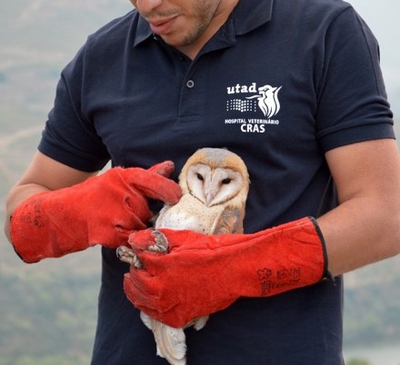 |
Bird Recovery Unit Symington has supported the Vila Real (UTAD) University’s Wildlife Rescue Centre (Centro de Recuperação de Animais Selvagens, CRAS) since 2011. This specialist unit is one of a kind in Portugal and has an international reputation. Each year it nurses hundreds of injured birds and other animals back to health, and several species of birds of prey have been freed at our vineyards in the Douro over recent years. |
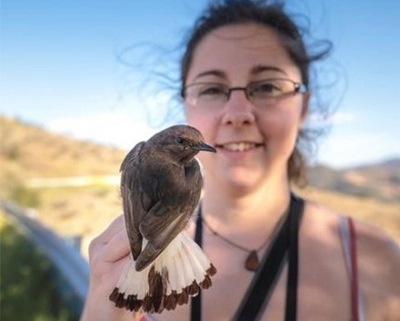 |
Endangered Species Research Symington provides the University of Porto’s Research Centre for Biodiversity and Genetic Resources (CIBIO) with access to our properties in the Douro for research purposes. In 2018, they hosted Joel Sartore, the award-winning National Geographic wildlife photographer, as part of the Photo Ark project that has taken him to over 40 countries since 2005 in a quest to photograph 12,000 animal species under threat or close to extinction. At Quinta dos Malvedos Joel photographed a bird called the Black Wheatear, known locally as the chasco-preto (Oenanthe leucura) and a Desman (a small semiaquatic nocturnal insectivore mammal). |
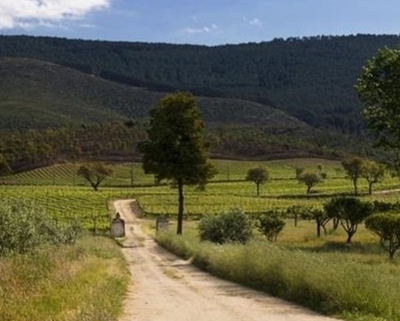 |
Reforestation Initiative At Quinta da Fonte Souto in the Alentejo, Symington is implementing a reforestation programme on 100 hectares of forestry land that they own and manage within the Serra de São Mamede natural park. 62 ha of this forest was logged in the past 6 years, before they acquired the property, and 35 ha is protected cork oak forestry. They are replanting the logged areas with a range of indigenous Portuguese tree species and will manage the forest as a nature reserve to protect local biodiversity and act as a natural form of carbon capture as well.. |
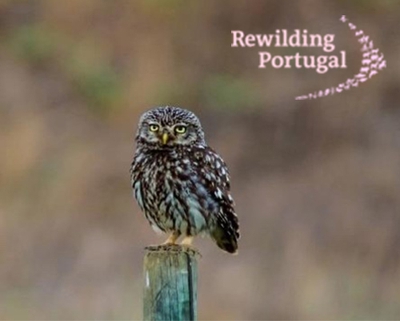 |
Conservation Partnership Symington manages 1,231 hectares of principally natural Mediterranean scrubland (with some olive and orange groves), which provide valuable sanctuaries for a wide range of animals including wild boar, foxes, genet cats, numerous birds of prey and many other small mammals. This area is half of their total landholding and makes a significant contribution to habitat preservation and biodiversity in the region. In their largest property, Quinta do Vesúvio, just 40% of the area is planted with vineyards and the remainder is a nature haven where many species of flora and fauna thrive. New partnership with Rewilding Portugal – supporting their ambitious conservation & enterprise development strategy in the Foz Côa. |
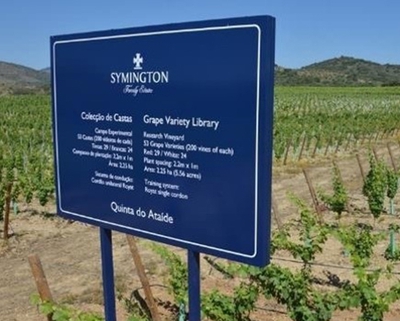 |
Grape Variety Libraries Symington has planted three grape variety libraries in the Douro, at Quinta do Ataíde, Quinta do Bomfim, and at the Tapadinha vineyard close to Quinta do Retiro. Across these research sites, they have planted 53 grape varieties, comprising many rare indigenous Douro varieties as well as other Portuguese varieties and a few well-known international vines to act as references. They are conducting a multi-year study to understand how different varieties perform under different conditions. As well as safeguarding the Douro’s viticultural heritage, Symington believes this will be a crucial part of adapting to climate change as growing conditions continue to change. |
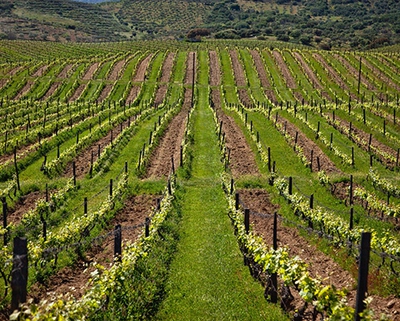 |
Cover Cropping Symington's widespread use of cover cropping helps to conserve moisture, combat erosion, control pests, protect biodiversity, build organic matter in the soil & capture carbon. Cover crops are being planted between the rows of vines that serve a number of purposes. The grasses, Short Growth Barley & Clover grow quicker than invasive weeds and therefore eliminate the need for herbicides. The clover in particular is very rich in nitrogen and therefore substitutes any need for chemical fertilizer. The barley & clover are cut-back a couple of times during the growing season creating mulch and natural organic matter to break-down into the soil. The grasses also protect the soil from winter erosion and in the summer create a small amount of surface shade and therefore substantially reduce the amount of water evaporation from the soil. A small but significant advantage of the cover crops is that it creates an environment for the bugs and pests to live in rather than in the vine canopy, thereby again significantly reducing the need for any form of intervention. This has also had a significant effect on the wild-life food chain. The bugs are a source of food for the small birds, these in turn are prey for the larger raptor birds such as kites, hawks & buzzards etc, who in turn are prey to eagles. As a result, there has been a significant increase in all bird life since these agricultural practices have been implemented in the vineyards. |
